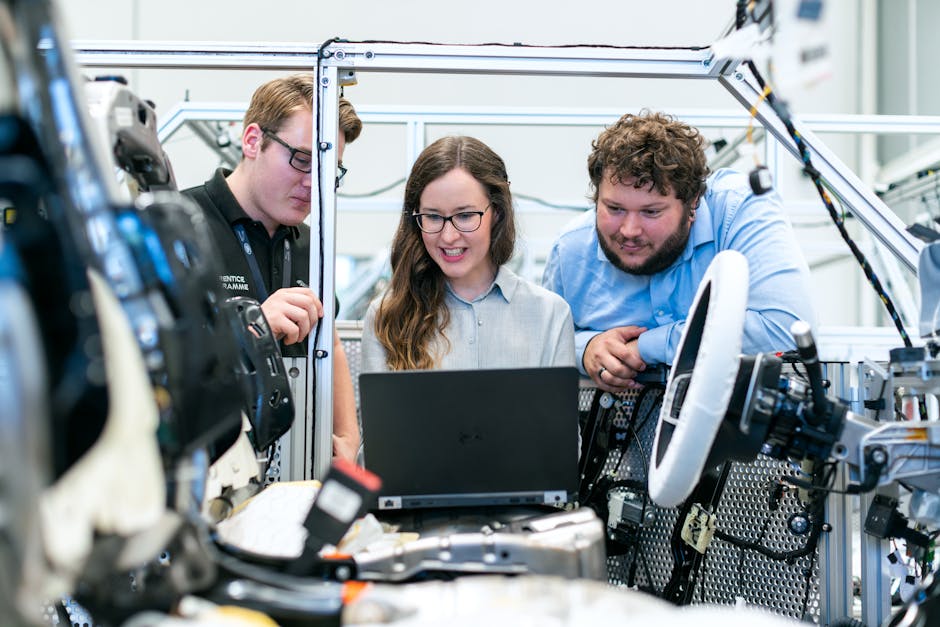Wearable Technology in Construction Safety
Wearable Technology in Construction Safety
Blog Article

Safety in the construction industry has always been a paramount concern, given the inherent risks associated with building and infrastructure projects. As construction sites are often bustling environments filled with heavy machinery, high elevations, and various hazards, prioritizing safety is not only a regulatory requirement but also a moral obligation. In recent years, there has been a surge in construction safety innovations that leverage technology to enhance safety protocols, improve worker health, and reduce the likelihood of accidents. This article delves into some of these groundbreaking advancements, highlighting their benefits and real-world applications.
Wearable Technology in Construction Safety
Wearable technology has emerged as a significant player in the realm of construction safety innovations. Devices such as smart helmets, vests equipped with sensors, and fitness trackers are designed to monitor the well-being of workers in real time. These wearables can track vital signs, detect falls, and even monitor exposure to hazardous conditions, such as excessive noise or harmful gases.
For instance, smart helmets often come with built-in communication systems that allow workers to stay connected with their teams, reducing the chances of miscommunication that could lead to accidents. Furthermore, these helmets can be integrated with GPS technology to provide location data, ensuring that workers are accounted for at all times. By implementing wearable technology, construction companies can create a safer working environment, leading to fewer injuries and increased productivity.
Drones and Their Role in Site Inspections
Drones have revolutionized the way construction sites are managed and inspected. Traditionally, site inspections required workers to navigate potentially dangerous areas, exposing them to various risks. However, with the advent of drone technology, site inspections can now be conducted from a safe distance. Drones equipped with high-resolution cameras can capture aerial footage, allowing project managers to monitor progress and identify hazards without putting personnel at risk.
Additionally, drones can be utilized to conduct thermal imaging inspections, which help detect issues such as heat loss or moisture accumulation in structures. This proactive approach not only enhances safety but also contributes to the overall efficiency of construction projects. By employing drones for site inspections, companies can ensure that safety protocols are adhered to while minimizing the risk of accidents.
Smart Helmets and Augmented Reality Applications
Building upon the concept of wearable technology, smart helmets equipped with augmented reality (AR) applications are another significant advancement in construction safety innovations. These helmets allow workers to visualize complex data and schematics in real time, overlaying digital information onto the physical environment. This capability can be particularly beneficial when navigating intricate construction designs or ensuring compliance with safety protocols.
For example, a worker wearing a smart helmet can see safety instructions or hazard warnings directly in their line of sight, eliminating the need to reference paper documents or digital devices. This not only enhances situational awareness but also reduces the cognitive load on workers, enabling them to focus on their tasks without distractions. Moreover, AR applications can facilitate training and onboarding processes, providing a hands-on learning experience for new employees in a controlled environment.
Conclusion
The integration of these construction safety innovations represents a significant stride toward creating safer work environments in the construction industry. By adopting wearable technology, utilizing drones for inspections, and implementing smart helmets with augmented reality applications, companies can enhance safety protocols and ultimately save lives. As the industry continues to evolve, it is essential for construction firms to remain open to these innovations, fostering a culture of safety that prioritizes the well-being of all workers.
For more information on construction safety innovations and how they can transform your projects, visit ARE Structures.
Report this page